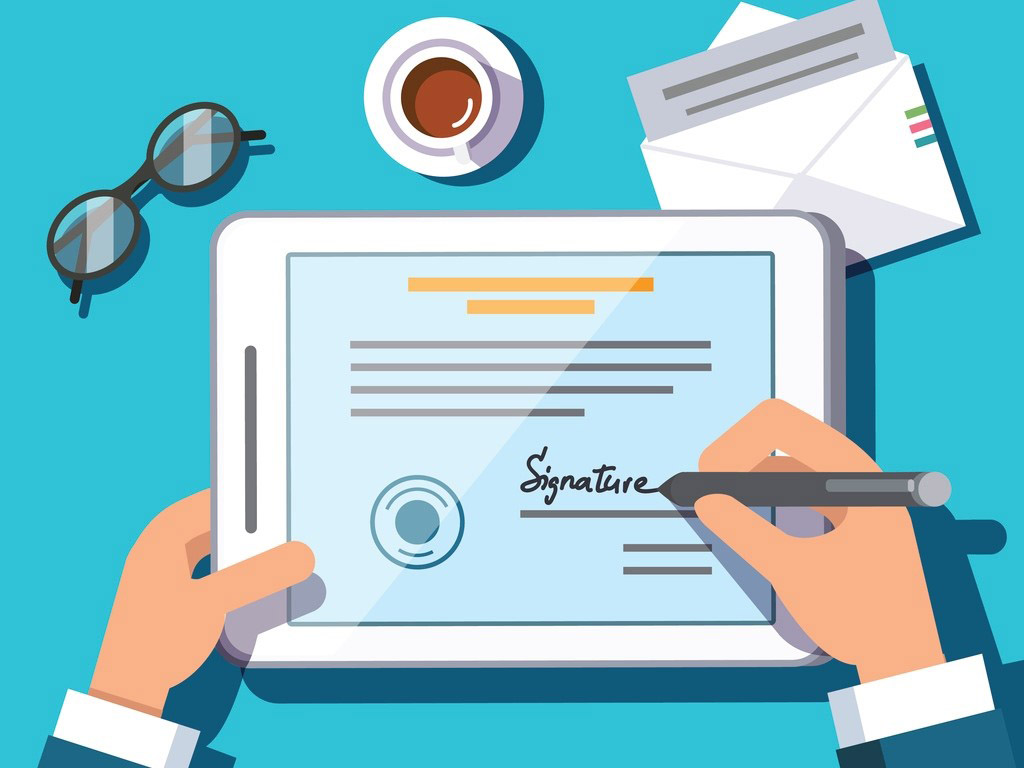The Basics of Verification of Employment and Income for Employees
Workers often need to verify their employment or income as part of an application for financial products, signing lease agreements, and purchasing homes. This typically involves providing documentation such as pay stubs or W2 statements as proof.
VOE providers secure access to consumer payroll, asset, and income data quickly and accurately so lenders, businesses, and government agencies can make decisions swiftly – speeding the pre-approval process while simultaneously cutting costs.
Employment Verification
There may be instances where it would be beneficial for a company, lender, or individual to perform employment verification on an applicant for various reasons, including pre-hire, lending, and mortgage applications. Verification can quickly and efficiently verify an individual’s claimed status (i.e., job titles claimed upon hire date, etc.) as well as salary information claimed upon hiring.
Verification can be conducted manually or using third-party services (source: https://medium.com/@digitalintegritas/what-is-third-party-verification), typically by contacting an applicant’s previous employers to validate their stated information. There are various approaches to verification – either manually via employees of screening companies making calls directly or automatically using databases such as The Work Number managed by Equifax; both approaches can become expensive if conducted on every applicant.
An easy method for verifying employment is requesting a proof of employment letter from an employee’s former employer. Usually printed on company letterhead, it outlines essential information such as title, dates of work, and responsibilities, as well as pay stubs or contracts (typically applicable for freelancers). At its core, verification must provide accurate information. Contact should be made with former supervisors in order to make sure all information provided by an employee is true and correct by FCRA regulations.
Payroll Verification
Verification and income verification documents are integral to modern society, whether you are an employee, landlord, financial institution, or employer. They verify an individual’s status, date of hire, job title, and salary – as well as being used for various applications like mortgage loans, renting apartments, or even credit card applications.
Employment and income verifications like these are typically performed through a third-party service that verifies an individual’s status and income. Such services can be found online from large credit reporting agencies to independent third-party providers; each accesses public records databases before relaying this information to those requesting verifications.
Information necessary for verification may depend on its purpose, from basic details like dates of employment and salaries to more complex elements like earnings statements or tax returns. Verifications may take place via phone calls, online databases, or personal references.
Verification typically consists of verifying an applicant’s previous and/or current employment with past employers and gathering details on pay, benefits, and the type of work being done by that applicant. Their purpose is to ensure they have a stable source of income that allows them to afford the product/service for which they have applied.
Tax Verification
To help combat identity theft, the IRS offers taxpayers an online service called “Get Transcript Online” that enables them to validate their data online. To access it, a letter of identification such as a driver’s license, passport, or military ID card must contain the date of birth, gender, social security numbers, and date/gender/social security numbers for verification.
The service gives individuals access to their EIN, tax account balance, and payment history with the IRS. This helps in the verification of employment and income process to ensure no one else is using their name to file fraudulent tax returns and claim refunds or benefits fraudulently. It also gives people peace of mind knowing their information is safe with the government.
Anyone can request tax transcripts for various purposes, such as applying for loans or mortgages. These documents contain tax information from previous years held on file with the IRS and can be requested either online, by phone, or by physically visiting one of its offices.
Individuals filing their tax returns can use their tax transcript to prove their income is accurate. This is particularly useful for self-employed or landlords needing to report rental properties’ rental income. The IRS verifies an individual’s return against information stored in his or her records to verify its accuracy.
Non-filers who require tax transcripts can use an online tool to request them. Before submission, this process involves identity validation – providing details like email, phone number, and an image of front and back official photo identification from both sides, which is requested by this tool.
People considering starting their business should obtain an Employer Identification Number (EIN) to safeguard their finances. The process for getting this unique identifier can be completed online. The IRS website also has an easy checklist to help determine if an EIN is required – therefore, applying as soon as possible may prove beneficial if hiring employees or working with other businesses is on the horizon.




















